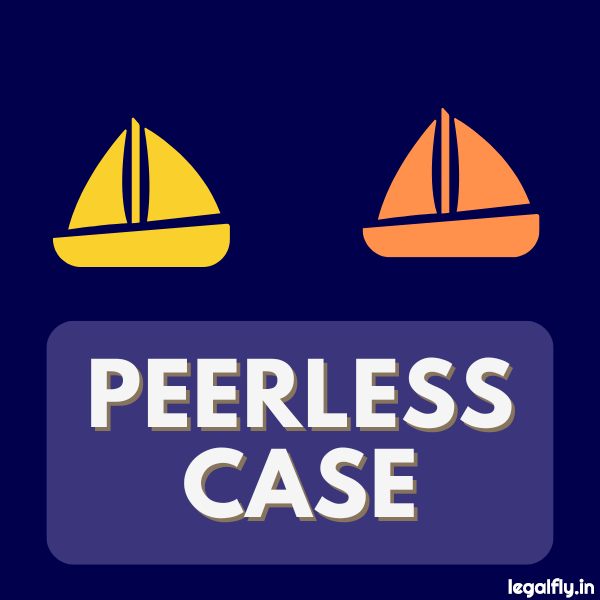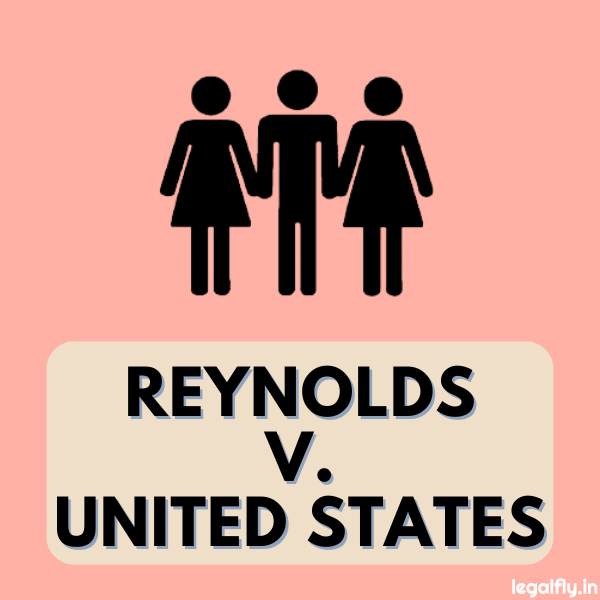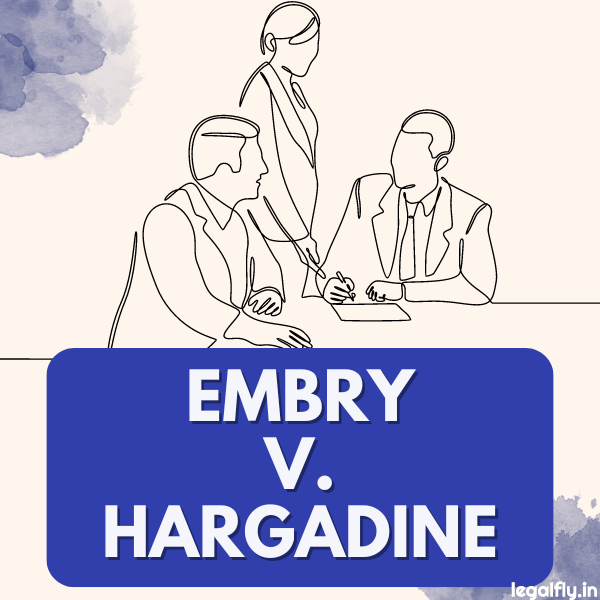Table of Contents
Case Name: Raffles v. Wichelhaus
Court: Court of Exchequer
Year: 1864
Citation: (1864) 2 Hurl & C 906, 159 ER 375
Introduction
Raffles v. Wichelhaus, known as the Peerless case, is a landmark 1864 English contract law case involving a dispute over the sale of cotton to be transported on a ship called Peerless. The parties, Raffles and Wichelhaus, entered into a contract for the sale of cotton to be delivered from Bombay by the ship Peerless. However, there were actually two ships by that name, leading to a dispute over which Peerless was intended for the shipment. When the cotton arrived later than expected, the buyer refused to accept it, arguing there was a misunderstanding over the ship’s name. This resulted in a lawsuit over whether the parties had a valid and enforceable contract. The case addressed issues of ambiguity and mutual mistake in contract formation. Raffles v. Wichelhaus established important principles regarding the objective interpretation of contracts that still influence contract law today.
Background and Context
Raffles v. Wichelhaus is a landmark English contract law case from 1864, known as the Peerless case. It involved a dispute over a contract for the sale of cotton between Benjamin Raffles and Hugo Wichelhaus. The plaintiff, Raffles, was the seller and the defendant, Wichelhaus, was the buyer.
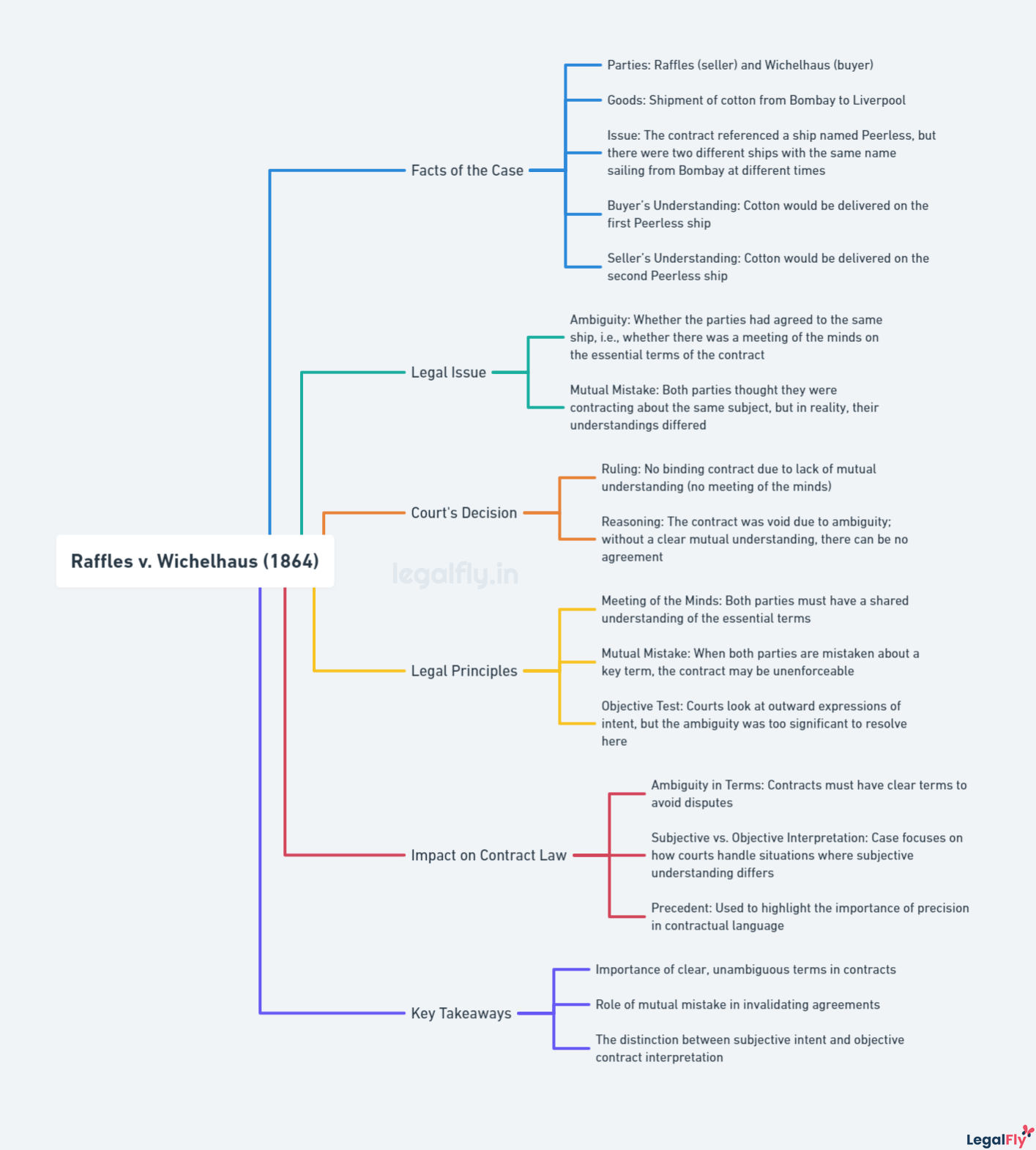
The case arose during a period of rapid industrialization and global trade in the 19th century. Benjamin Raffles was a Liverpool merchant who had agreed to purchase 125 bales of cotton from Hugo Wichelhaus, a merchant based in Bremen, Germany. The cotton was to be transported aboard a ship called the Peerless, which was sailing from Bombay to Liverpool.
However, there were actually two ships named Peerless that sailed from Bombay – one in October and one in December. This critical fact was unknown to both parties when the contract was made. When the cotton failed to arrive on the Peerless ship Raffles expected, he refused to pay Wichelhaus, resulting in a legal dispute that illuminated issues of ambiguity and mistakes in contract law. Wichelhaus assumed the cotton would arrive on the Peerless ship sailing in October, which aligned with the typical voyage length. However, Raffles intended the cotton to be shipped on the Peerless leaving in December. This misunderstanding regarding the timing and arrival details formed the basis of the contractual dispute.
Legal Issues Addressed
The Raffles v. Wichelhaus case centred around two key legal issues –
- the concept of mutual mistake and
- the problem of latent ambiguity in contracts.
Mutual mistakes occur when both parties to a contract are mistaken about the same material fact within the agreement. In this case, there was a mutual mistake between Raffles and Wichelhaus regarding which ship named “Peerless” was the subject of their contract. This impacted the core subject matter and led to the dispute.
Latent ambiguity exists when contract language appears unambiguous at face value, but external facts reveal an ambiguity. As NYU Law explains, the court found a latent ambiguity in the ship name “Peerless” within the Raffles-Wichelhaus contract that rendered it void. This type of hidden contractual ambiguity often leads to disputes and requires judicial interpretation.
The Raffles v. Wichelhaus case set an important precedent in establishing mutual mistake and latent ambiguity as grounds for voiding a contract. This gave courts more discretion in evaluating contracts and emphasized the need for clarity in agreements.
Court’s Decision and Rationale
The case was heard in the Court of Exchequer in 1864. The court ruled in favour of the defendant, Mr. Wichelhaus.
Judge Pollock delivered the judgement on behalf of the Court of Exchequer. The court held that there was no binding contract between Raffles and Wichelhaus due to a mutual mistake regarding the ship’s identity as “Peerless”.
The court determined that the contract terms’ latent ambiguity made the obligations uncertain. Since Raffles and Wichelhaus had different understandings of the core subject matter, there was no consensus ad idem or “meeting of the minds“. This mutual mistake prevented the formation of a valid, enforceable contract.
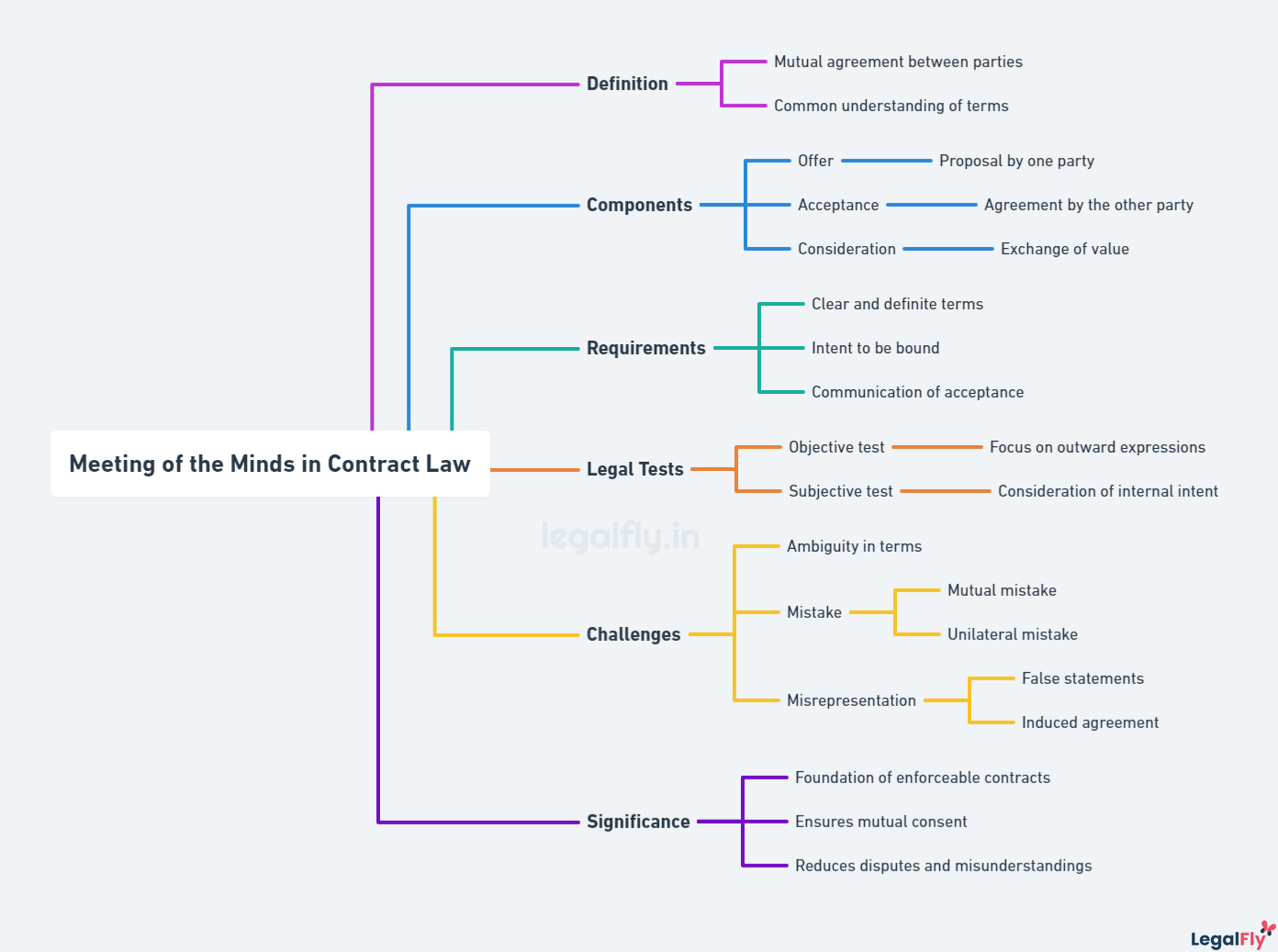
The judgement established the objective test for agreement: It must be capable of having a certain defined meaning based on a reasonable interpretation of the contract language and the parties’ conduct. Vague or ambiguous terms cannot create binding obligations.
Analysis of Raffles v. Wichelhaus
The court’s analysis focused on interpreting the ambiguity regarding which ship named “Peerless” was referred to in the contract. This ambiguity was deemed latent, as it was not apparent to the parties at the time of drafting. The judge, Blackburn J, applied an objective test to determine if there was a sufficient meeting of the minds to form a binding contract. He asked whether a reasonable person, knowing the circumstances in which the contract was made, would understand which ship was intended. Since both parties had different ships in mind, there was no true consensus between them, rendering the contract void for mutual mistake. Blackburn J stated that the court could not arbitrarily choose one party’s interpretation over the other when both were plausible. This precedent established that latent ambiguities can undermine the enforceability of a contract, even if the parties believe they have reached an agreement during drafting. The court will evaluate whether the terms were objectively defined enough to demonstrate actual assent.
Implications of the Judgment
The Raffles v. Wichelhaus case significantly impacted contract law and drafting practices. The court’s decision established the principle that where there is a latent ambiguity in a contract, the court will attempt to find a reasonable interpretation based on an objective view of the facts. This impacted how courts analyze ambiguities in subsequent cases involving issues of mutual mistake.
The judgment also influenced contract drafting, underscoring the need for explicit, unambiguous terms. Parties must now define key terms as specifically as possible to avoid potential misunderstandings. Raffles v. Wichelhaus demonstrated how easily ambiguity could undermine the ‘meeting of the minds’ necessary for a valid contract. As a result, contracts today tend to include detailed definitions of parties, subject matter, delivery terms, and other essential elements. The case showed that even experienced merchants could interpret terms differently.
Overall, Raffles v. Wichelhaus established important principles for interpreting contractual ambiguity and reinforced the necessity of precision in contract drafting. Its legacy continues to shape how courts and contracting parties handle vagueness or misunderstandings regarding material terms. The case remains a seminal example of how latent ambiguity can produce different interpretations of the same language.
Influence of the Judgment
The Raffles v. Wichelhaus case has significantly influenced subsequent case law and the development of legal principles regarding contract formation and ambiguity. The judgment established the objective test for agreement, requiring an objective meeting of the minds rather than the parties’ subjective intent. This principle was upheld and expanded in later cases like Smith v. Hughes (1871), where the court emphasized determining contractual intent based on how a reasonable person would understand the agreement.
Other cases like Roto-Lith v. Bartlett (1958) also cited Raffles v. Wichelhaus in rulings related to mutual mistakes and operative usages of trade. The Raffles precedent requiring an objective determination of contractual meaning has become widely accepted in common law. Its analysis of latent ambiguity remains highly influential in evaluating contract enforceability and has shaped the modern framework for interpreting contractual disputes.
Lessons to be Learned from Raffles v. Wichelhaus
The Raffles v. Wichelhaus case highlights the importance of clear communication and specificity in contract drafting to avoid potential ambiguities. By not explicitly specifying which ship named “Peerless” was intended, the parties left open multiple interpretations of a key term in their agreement. This led to a dispute once two ships with the same name were involved. The judgment emphasizes that contracts should be written as clearly and precisely as possible to minimize uncertainty. Vague or ambiguous language can render agreements unenforceable if the parties lack a true “meeting of the minds.”
Raffles v. Wichelhaus demonstrated how easily misunderstandings can arise, even when both parties act in good faith. The case illustrates that it is insufficient to merely state a term, assuming the other party shares the same understanding. Parties should define any potentially unclear terms and verify that each side’s interpretation aligns. Leaving room for multiple reasonable interpretations creates legal risks. By using specific details and descriptions in contracts, parties can avoid costly disputes over latent ambiguities down the road.
Conclusion
The landmark case of Raffles v. Wichelhaus established important principles in contract law regarding ambiguity and the ‘meeting of the minds’. The court ruled that the contract between Raffles and Wichelhaus was unenforceable due to a latent ambiguity over which ship named “Peerless” was intended for the cotton shipment. This objective approach set a precedent for requiring clarity in contracts and placed greater emphasis on the explicit terms agreed upon by parties.
The case continues to be highly influential in illustrating the dangers of ambiguous language in commercial agreements. Its lessons on specificity and precision in drafting contracts remain relevant to this day. Raffles v. Wichelhaus also cemented the concept of mutual mistake as grounds for voiding a contract when both parties are mistaken about a fundamental assumption underlying the agreement. Overall, this English contract law case became a keystone of jurisprudence on contract validity and enforceability issues. Its legacy is a reminder to clearly define key terms and conditions in legal agreements to prevent detrimental disputes.
Frequently Asked Questions
What was the main issue in Raffles v. Wichelhaus?
The main issue in Raffles v. Wichelhaus was whether a valid contract existed when both parties had different ships in mind, despite both ships being named “Peerless”. The case centred on a contract dispute over the sale of cotton to be shipped from Bombay. Raffles (the seller) intended the cotton to be shipped on the Peerless sailing in December, while Wichelhaus (the buyer) expected it on the Peerless sailing in October. This misunderstanding led to a legal question about contract formation and mutual agreement.
What legal principle did Raffles v. Wichelhaus establish?
Raffles v. Wichelhaus established the principle that a contract can be void due to mutual mistake when there is ambiguity about a key term. The case demonstrated that for a contract to be binding, there must be a “meeting of the minds” (consensus ad idem) on all essential terms. When an ambiguity leads to each party having a different understanding of a crucial term, no consensus has been reached, and thus, no enforceable contract exists. This principle highlights the importance of clear and specific terms in contract formation.
How did the court rule in Raffles v. Wichelhaus?
The court ruled in favour of Wichelhaus (the defendant), holding that no binding contract existed due to a lack of mutual agreement on the identity of the ship Peerless. The Court of Exchequer found it impossible to ascertain which ship was meant objectively, and since the ship’s identity was a key contract term, there had been no agreement. As a result, Wichelhaus was not obliged to pay for the cotton delivered in December. This ruling emphasizes the necessity for clear terms and mutual understanding in contracts.

